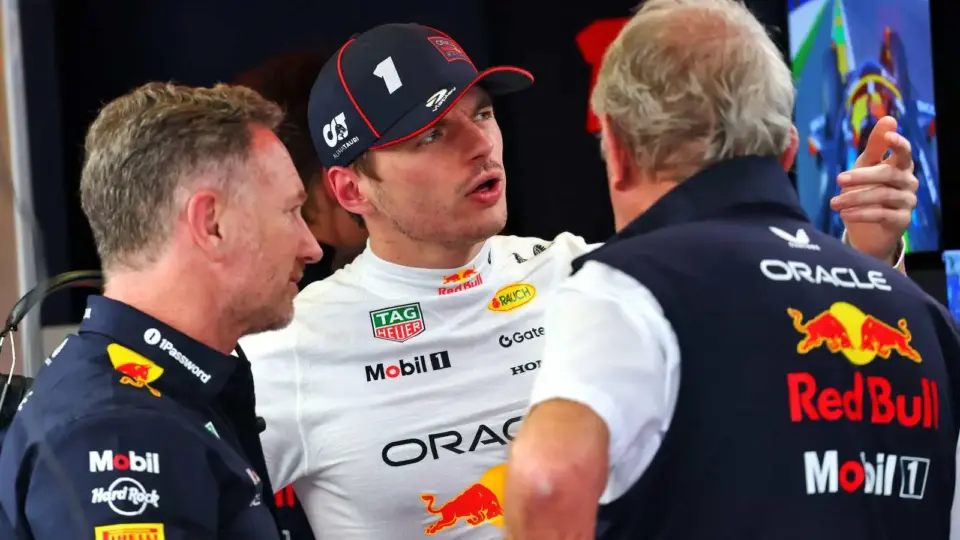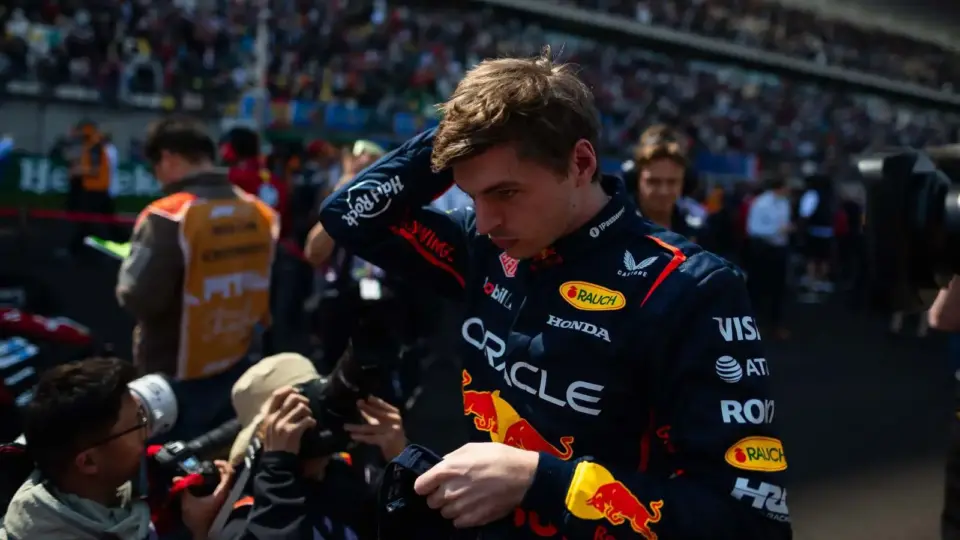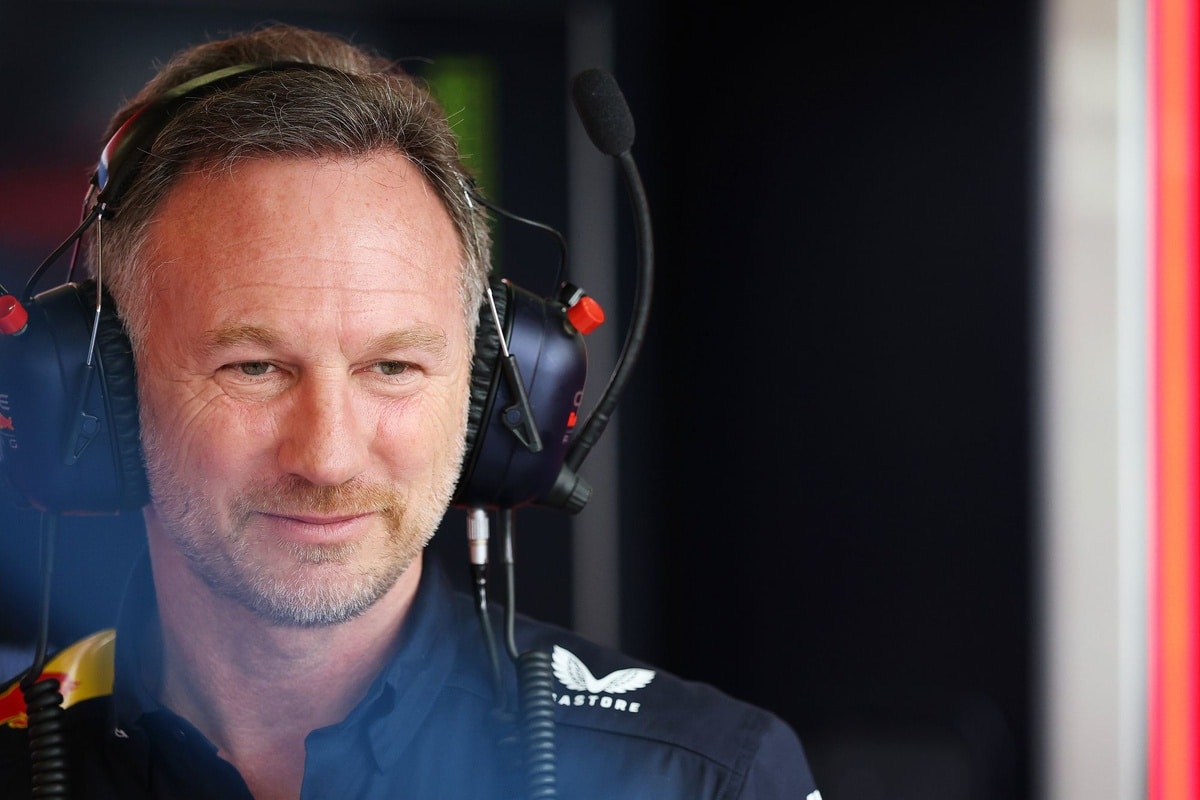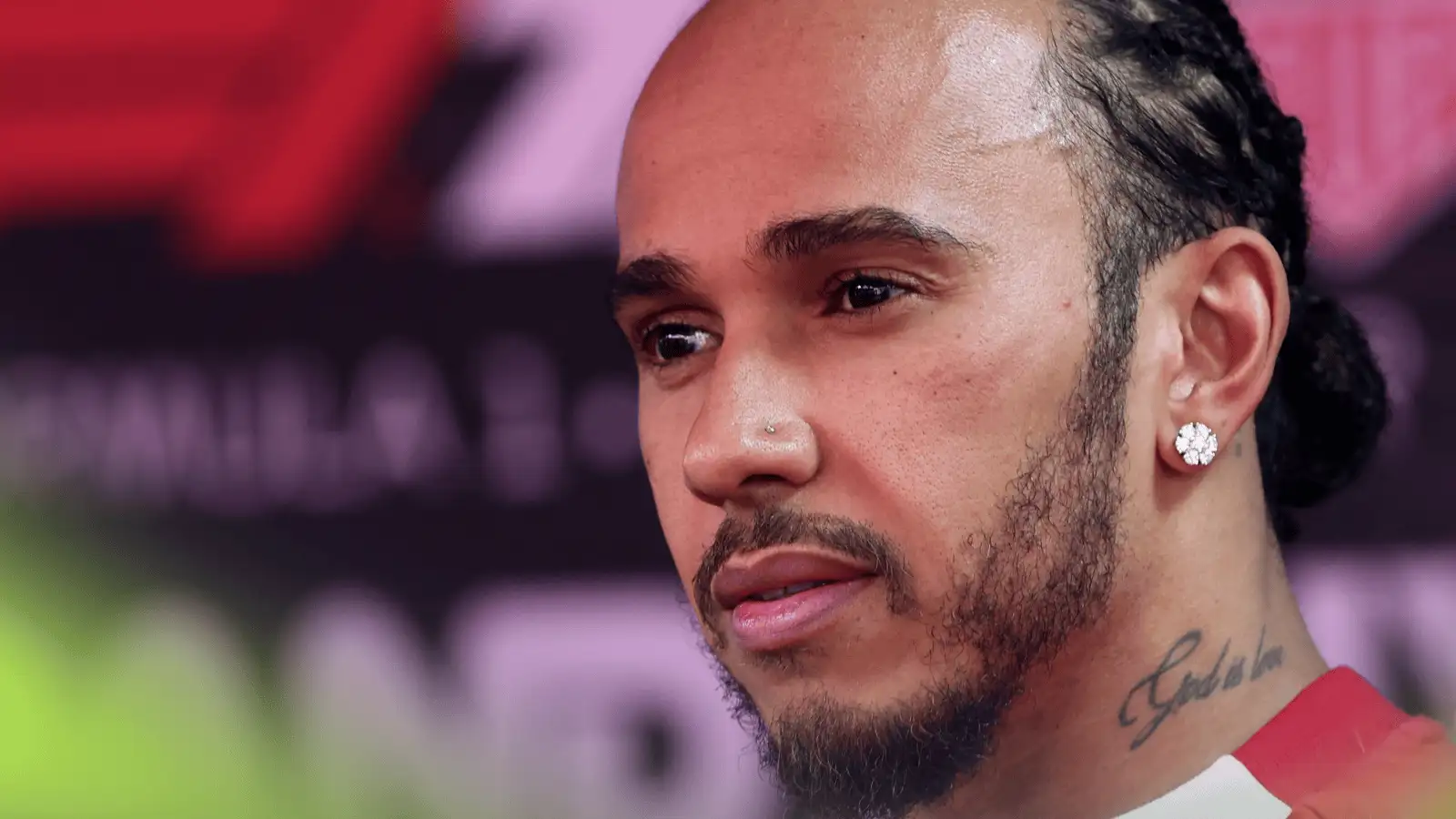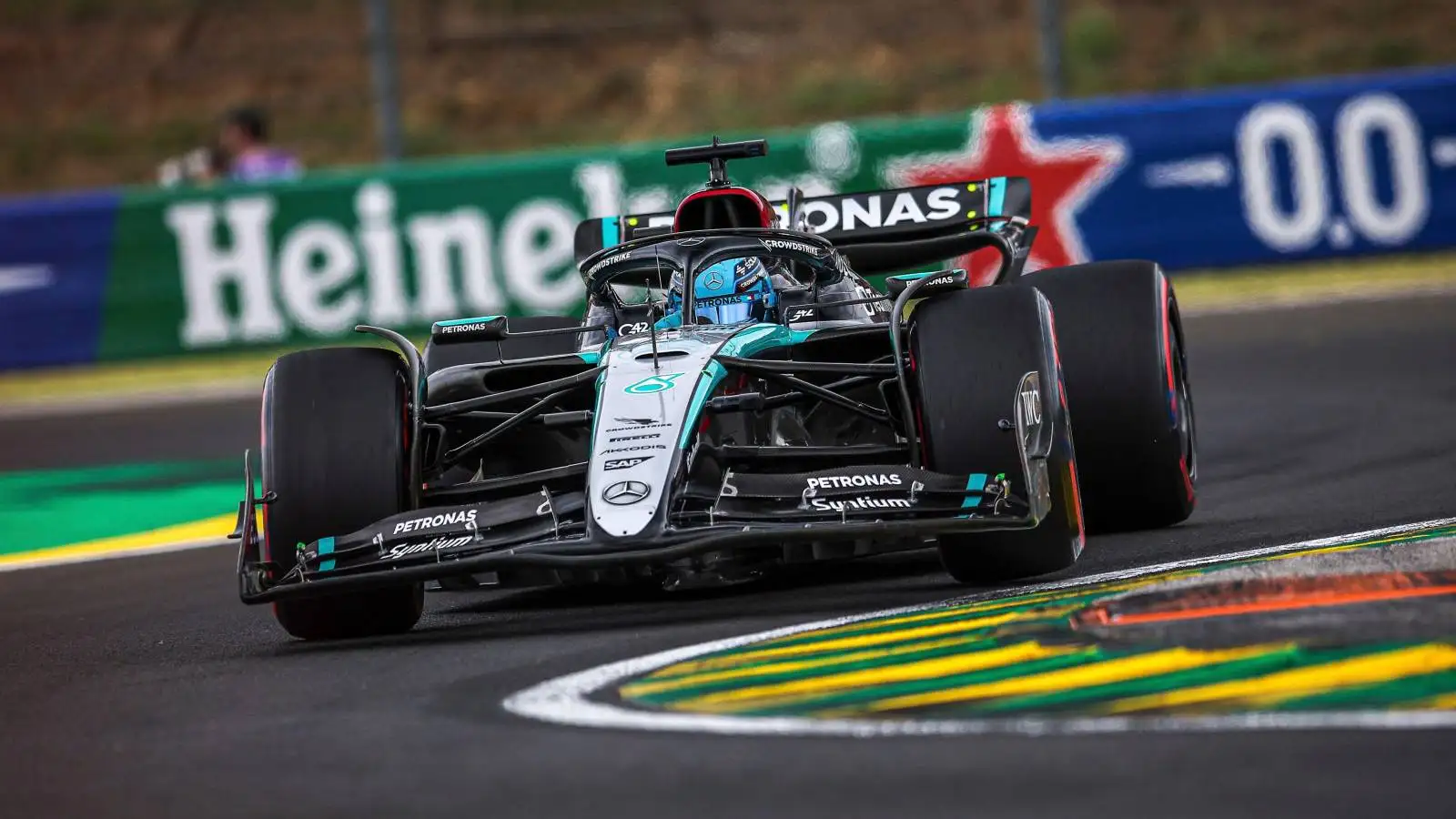George Russell’s recent performance in Bahrain is the talk of the F1 world, marked by an insane level of tenacity and some intense problem-solving. Russell managed to drag his Mercedes W16 to the finish line despite several technical problems. Spectators watched as he barrelled across the finish line, securing second place amidst a flurry of electrical troubles and a nerve-wracking DRS probe.
With the F1 2025 campaign rapidly moving toward the Saudi Arabian Grand Prix, Mercedes engineers are deep into uncovering the mysteries behind Russell’s technical troubles. Long hours and a myriad of car parts have unfurled a startling revelation affecting multiple car systems, thrusting Russell into a high-stakes circus act on track.
The Bahrain Rollercoaster
Mercedes’ Bahrain GP saga began unassumingly but soon turned into a technical rollercoaster ride. Halfway through the race, Russell’s name fell down the leaderboard, leaving fans and team members puzzled. A crucial part of the car, the timing transponder, had gone awry, setting off a chain of technical misadventures that tested both Russell and his team.
A Hair-Raising Drive
As if that wasn’t enough, Russell faced a separate issue with the brake by wire system. The intricacies of managing the braking balance between the electronic and hydraulic components added another layer of complexity to his drive. Despite these issues, Russell’s determination remained unshaken, finding ways to keep rivals at bay.
Technical Gymnastics
The drama didn’t stop there. At one point, Russell even engaged the backup radio button which unintentionally activated the DRS—an adrenaline-pumping moment noted by the racing stewards post-race. Still, this synchronicity of movements exemplified Russell’s focus and adaptability in high-pressure scenarios.
DRS Drama and Defensive Mastery
Russell managed an intense defensive drive. Secure in his position, the need to hold off advances required an iron nerve. With Leclerc and Norris posing threats, the drive’s intensity remained high, matched only by the awe of onlookers admiring Russell’s tenacity.
Incredible Resolve on Display
Russell’s calm demeanor in this mechanical maze helped him secure second place. His strategic decisions, made under immense stress, not only warded off competition but also showcased his exceptional on-track intelligence.
Behind the Steering Wheel: A Mental Test
Each onlooker could see just how precise Russell needed to be. The calibrated approach to flipping between active and passive brake modes while fighting to maximize speed and control was a performance breathing life into the race.
The Aftermath and Analysis
During post-race discussions, every tweak and manual switch was examined. The findings painted a picture of how Russell’s coordination with the backup systems maintained race pace amid adversity, reinforcing Mercedes’ acknowledgment of his driving prowess.
A Deep Dive into the Technical Maze
Russell’s handling of the backup systems underlined the importance of backup layers. Understanding these processes is pivotal for future races, with recent experiences guiding future preventive measures.
Future Implications for Mercedes and Russell
The incredible field of racing often morphs with technology and human skill. Russell’s battle in Bahrain wasn’t just a race against time but against the imperfect technology that shapes the sport’s future.
Anticipated Adventures Ahead
Fans eagerly anticipate how the season will unfold. Every race offers new lessons, and Bahrain’s story is only the beginning of Russell’s journey full of challenges and triumphs.
George Russell’s unrivaled drive under pressure proved to be a highlight in Bahrain. His ability to adapt and overcome technical hurdles reveals the mettle necessary for continued racing success and reinforces the need for Mercedes to bolster reliability for future races.

